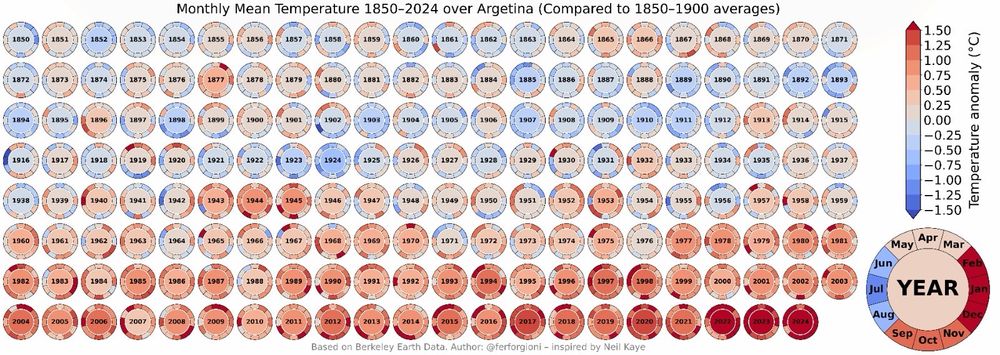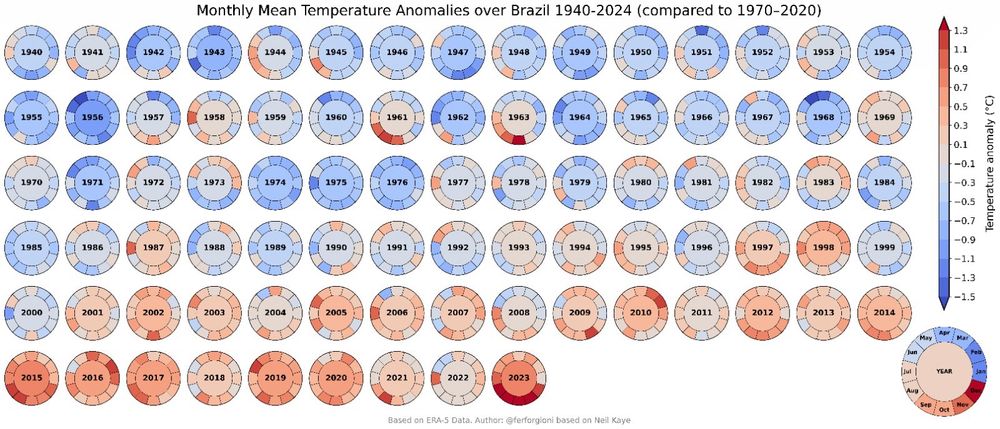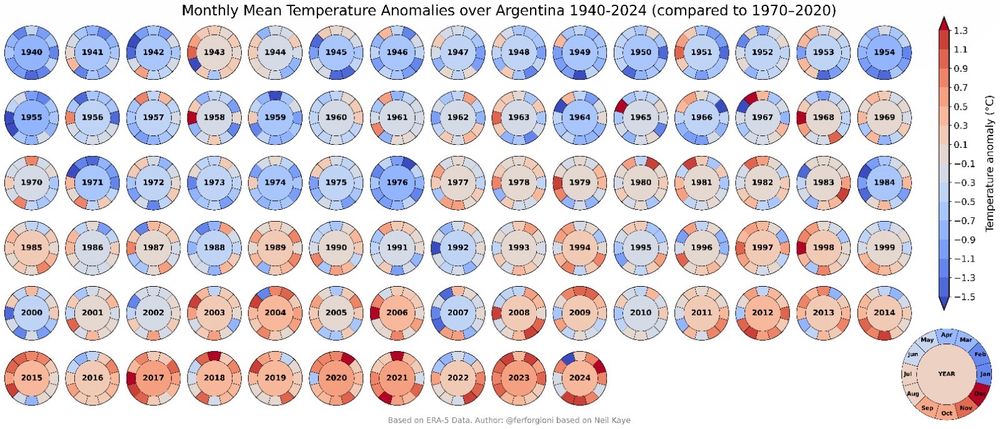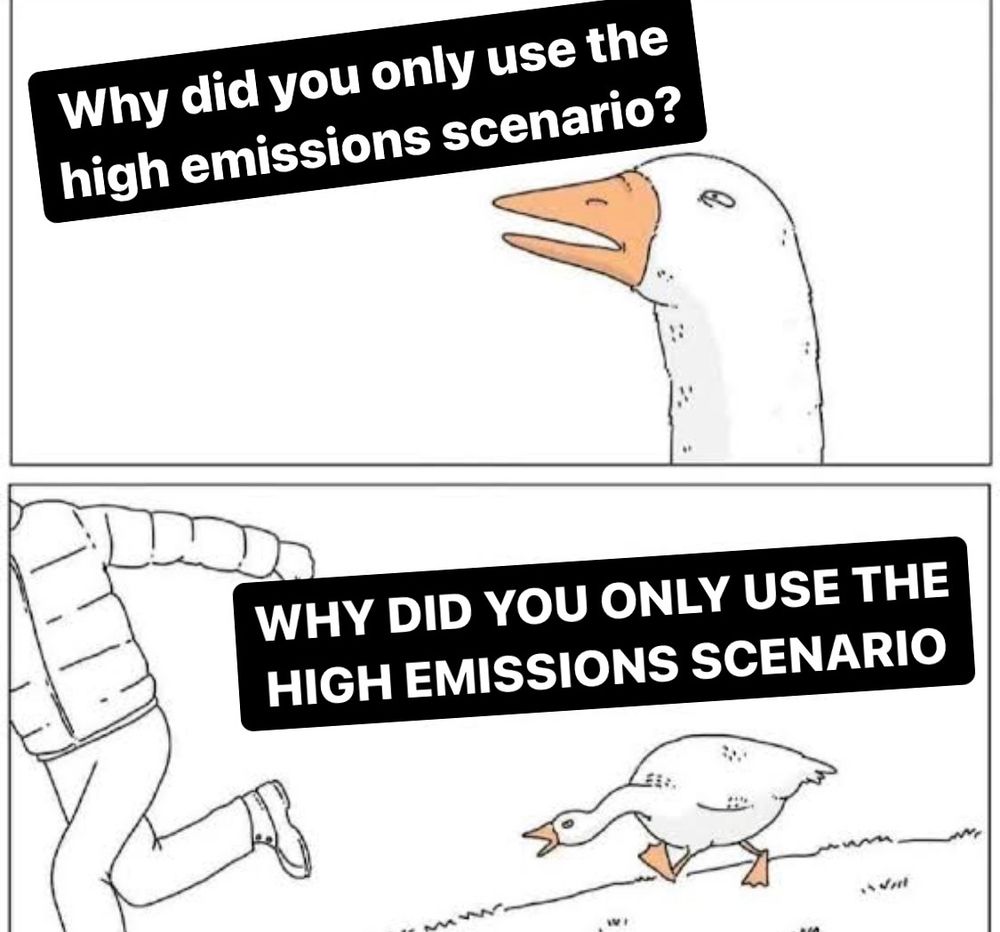









Me as a reviewer…

Me as a reviewer…






I am very excited to share these results.

I am very excited to share these results.
#Niño/#Niña do not correlate equally in much of the agricultural production region of #Argentina Link: authors.elsevier.com/a/1jyDFB8cdOWYk

#Niño/#Niña do not correlate equally in much of the agricultural production region of #Argentina Link: authors.elsevier.com/a/1jyDFB8cdOWYk

